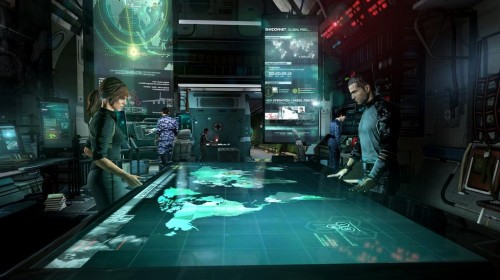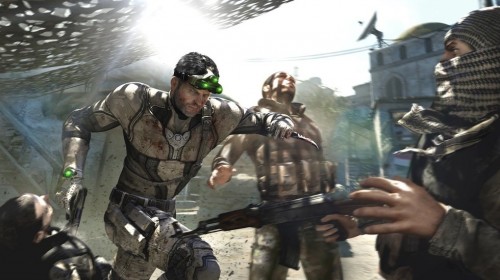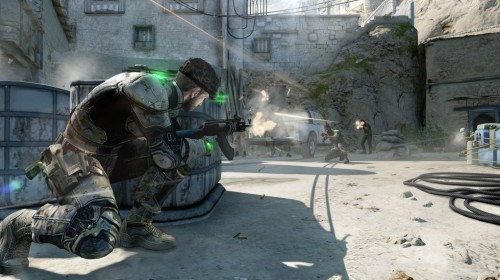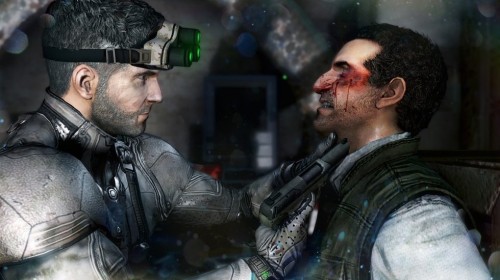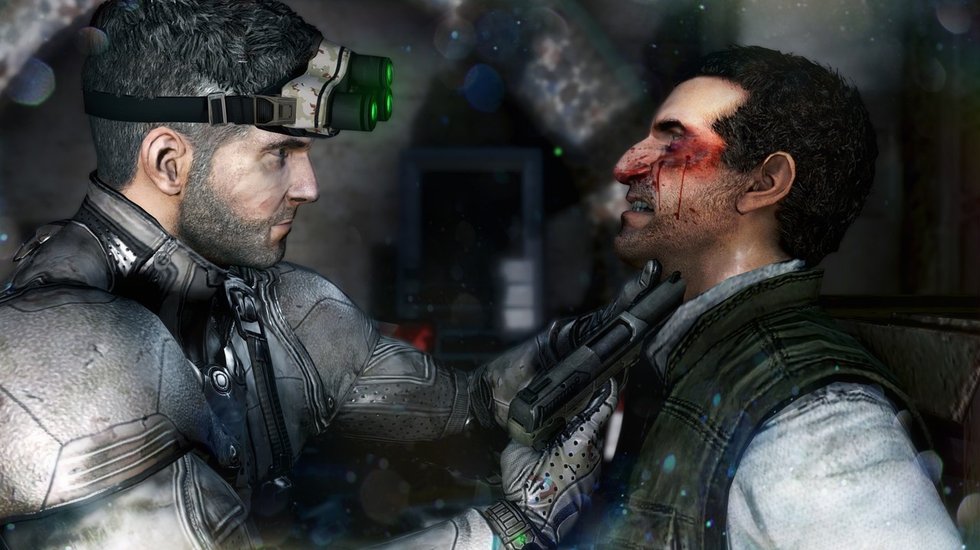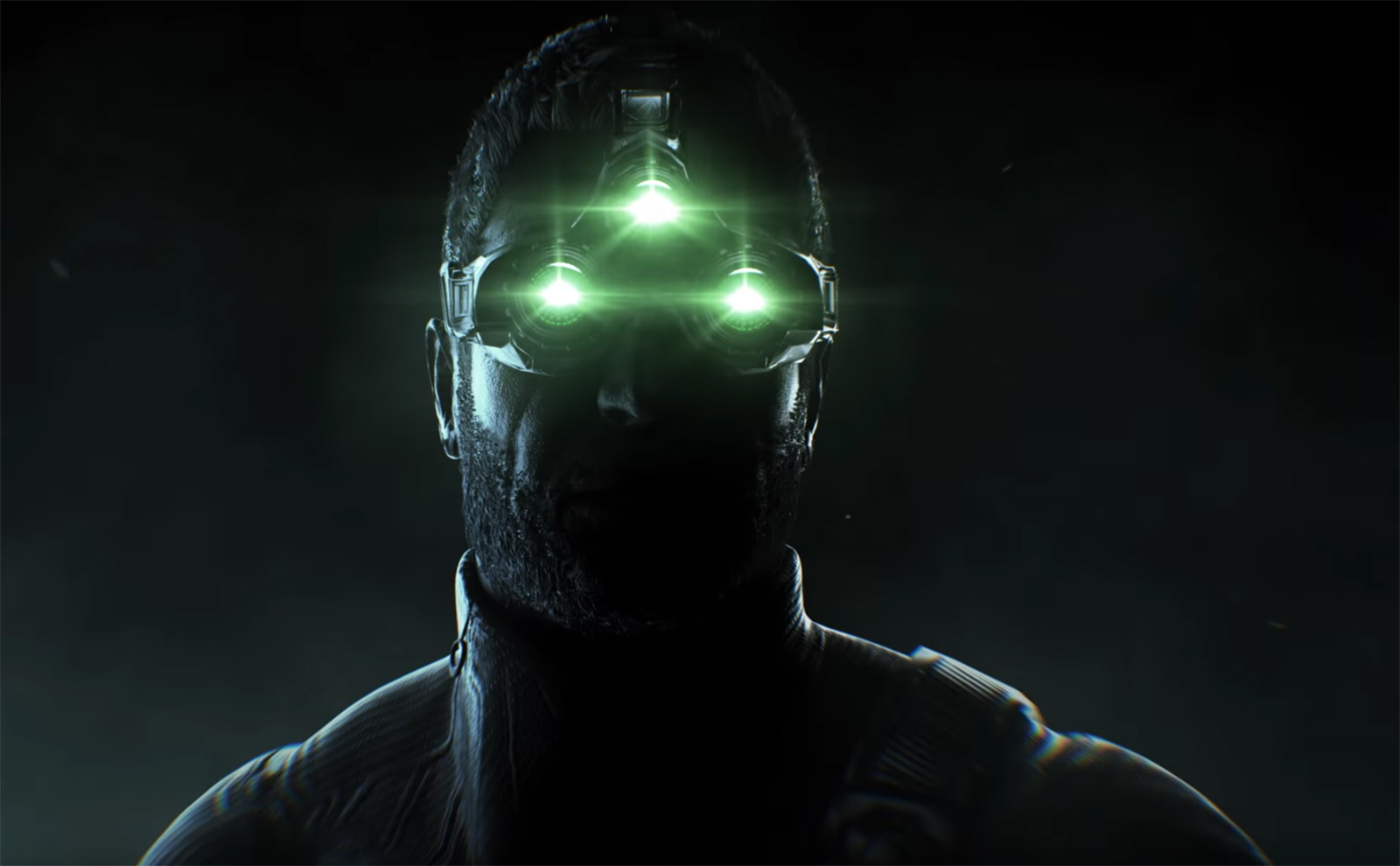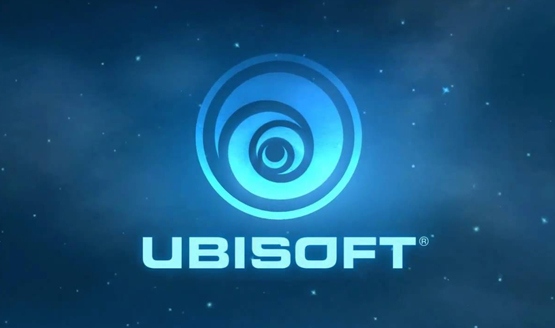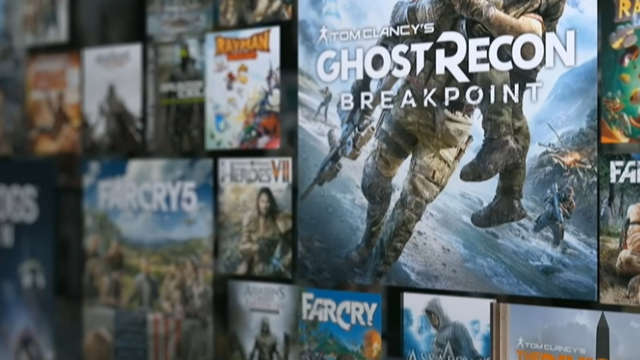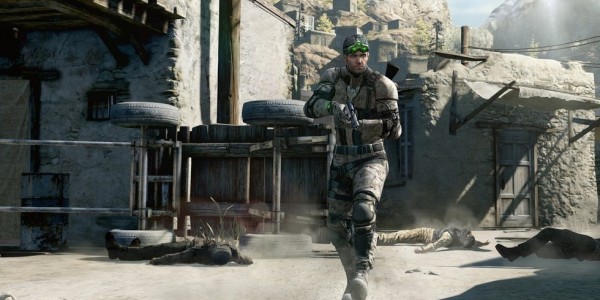
Ubisoft Toronto, the new studio headed by Assassin’s Creed alumni Jade Raymond, has a number of games in the works, but the first to be publicly outed is Splinter Cell: Blacklist. The latest entry in the growing chronicle of Sam Fisher was officially revealed at Microsoft’s press conference, but the spies from Rocket Chainsaw were able to view a classified version of the E3 demonstration.
Ubisoft are calling Blacklist the ‘biggest and baddest Splinter Cell ever’. Blacklist utilises the same graphics engine that has powered each previous entry, but with extensive modification, the game is looking to deliver the visual fidelity expected of today’s leading titles. In addition to the obligatory single-player romp, co-op and the popular spies versus mercs multiplayer will round out the package. The developers haven’t shared any details of the latter two modes just yet, but have already taken a great deal of time to explain the evolution and development of Sam Fisher’s gameplay.
Picking up from Splinter Cell: Conviction, Sam Fisher is back working for the government, but now answerable only to the US President. Blacklist sees Sam tracking a conglomerate of terrorist nations hoping to challenge the mighty American military. As leader of the newly formed Fourth Echelon, Sam has a team of agents to call upon, including indispensible tech expect and series regular Anna Grimsdottir. Aboard the Paladin, a large aeroplane that serves as Fourth Echelon’s base of operations, Sam is deployed behind enemy lines. The developers have noted that an economy system will be transversal to all three game modes – solo, co-op and multiplayer – with money for upgrading Sam’s items and weapons from a hub aboard the Paladin.
Long-time fans distraught by Conviction‘s changes may also lament the news that series veteran Michael Ironside has had his role as the voice of Sam Fisher recast by actor Eric Johnson, who is also performing motion capture duties. The developers have said they hope to emulate the performance capture technology of films like Avatar to create a more cinematic experience. In the process, Sam Fisher’s virtual persona also appears to have gotten younger. Despite earlier titles putting the him in his early fifties, Ubisoft have labelled Fisher a ‘timeless’ character.
Our E3 demo takes place on the Iran-Iraq border, with Sam infiltrating a enemy camp – not from the shadows – but disguised in local garb. Ubisoft explains that Sam Fisher isn’t simply a master of the shadows – as an all-round spy and soldier, he is capable of more mainstream spycraft, other than brandishing a guns and remaining hidden. Sam comes within eyesight of three soldiers, but with the return of mark-and-execute, the trio of enemies are removed in split second. The Fourth Echelon leader then ventures outside, in broad daylight, dressed in the traditional Splinter Cell outfit and sporting the iconic goggles. The knife from Chaos Theory is also back, and can be used to cut through fabric or for lethal takedowns.
On the hunt for an asset with crucial information, Sam moves from cover to cover, avoiding enemy contact. After tagging a number of targets, our demonstrator shows how Conviction’s mark-and-execute can now be used while Sam is one the move. Ubisoft call it ‘killing in motion’, traversing the environment quickly and letting Sam strike with lethal precision, marking and executing multiple enemies in one fluid motion. In a single moment, we have gone from being hidden in a tent to standing at the other end of the clearing and killing six enemies in the blink of an eye. The feature was unfoundedly impressive, but we hope that Ubisoft can achieve the right balance so that mark-and-execute isn’t a win-all button, as it sometimes was in Conviction.
The remainder of the demonstration sees Sam avoiding the enemy by staying behind cover and skirting rooftops. The level reveals that players can again pull enemies off ledges, and with a new crossbow launcher, stun enemies with the classic sticky shocker. Sam is eventually sighted, and a firefight ensues. When a machinegun enters the equation, the demonstrator calls on Grimsdottir to launch a UAV strike. Players can control the unmanned drone directly, firing machine guns at ground targets and launching missiles. Further, you can also use Kinect’s voice commands to initiate the drone strike. Voice commands can also be used to distract the enemy, just as you may have done by throwing items in earlier Splinter Cell games.
The enemy out of the way, Sam has the target building in sight. Climbing a series of ledges to reach the dwelling, Sam Fisher displays the fluidity seen in Assassin’s Creed. Reaching the door, the player uses a fibre-optic camera – another classic Splinter Cell gadget – to peer underneath. Tagging the enemies in preparation for a mark-and-execute manoeuvre (again), Sam attaches a bomb to the door. However, the a frontal assault isn’t the only option. Shimming up a pipe and over a roof reveals a window that can be used for breaching the exact same room. Whatever your choice, the result is same – Sam detonates the explosive to distract enemies, then breaks in, killing the guards and coming face-to-face with the asset harbouring the target data.
At this point, our demo takes a different turn to the public version. In the other version, Sam just shoots the target. In our demo, we see an interrogation segment in the same style of Conviction‘s brutal sequences. You can use the knife to stab the asset for information, and even twist the blade to extract more torture. Ubisoft explain that Blacklist is a mature game, with mature themes for a mature audience. The player must make a moral choice in what to do with the subject. There are no gameplay consequences for your actions, as the developers believe that once you start associating rewards with a particular action, player choice is usurped. Blacklist forces you to simply rely on your own moral compass in these situations. Sam kill extract the information form the target and kill him, or let him go. As the leader of a clandestine outfit, it makes sense that there are no repercussions for Sam’s actions.
Our demonstration of Blacklist shows that Ubisoft are treading a fine line between the traditional stealth gameplay, which fans of Chaos Theory and its predecessors prioritise, and action-heavy gunplay associated with the Call of Duty generation. The Toronto development team are hoping that the game will cater to three player archetypes – those who prefer stealth, action or a hybrid of the two, respectively known as the ghost, action-player or panther. With a number of divergent paths in each level, you can barrel through with guns blazing or use your special abilities to stealth it. Abilities such as being able to pick up weapons on the fly and blind-fire serve the action player. At the opposite end, sonar vision and being able to hide bodies – another returning feature – offer diehards a more stealthy experience. Again, Ubisoft reinforce that Blacklist will ultimately serve as a platform for demonstrating Sam Fisher’s wide range of talents.
Splinter Cell: Blacklist is aiming for a early 2013 release on Xbox 360, PlayStation 3 and PC.

